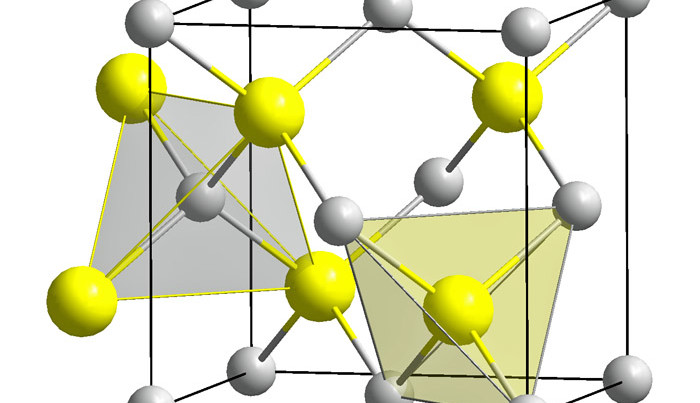GaAs Surface Instabilities Glimpsed
November 06, 2019
on
on

This discovery could have profound implications for the development of electronic systems used in devices that shape our daily lives. GaAs compound semiconductor devices and components are used in many electronic devices, from smartphones and GPS trackers to laptops and satellite systems. The new findings now show that the surface of GaAs ICs is not as stable as previously thought.
Using a low-energy electron microscope together with a molecular beam epitaxy machine, researchers working at the School of Physics and Astronomy and the Institute for Compound Semiconductors were able to detect dynamic changes in the structure of materials as compound semiconductor structures underwent the process of fabrication. Small areas of instability in the GaAs atomic structure were observed emerging and then disappearing. This is the first time that these so-called metastable states have been seen on the surface of GaAs structures.
Juan Pereiro Viterbo of the School of Physics and Astronomy said that it is not yet clear if this phenomenon affects the growth of semiconductor device structures, (this topic is the subject of ongoing research), if it does, the consequences could be profound.
Understanding exactly what goes on at the molecular level will enable new materials and structures to be developed in the future.
Using a low-energy electron microscope together with a molecular beam epitaxy machine, researchers working at the School of Physics and Astronomy and the Institute for Compound Semiconductors were able to detect dynamic changes in the structure of materials as compound semiconductor structures underwent the process of fabrication. Small areas of instability in the GaAs atomic structure were observed emerging and then disappearing. This is the first time that these so-called metastable states have been seen on the surface of GaAs structures.
Juan Pereiro Viterbo of the School of Physics and Astronomy said that it is not yet clear if this phenomenon affects the growth of semiconductor device structures, (this topic is the subject of ongoing research), if it does, the consequences could be profound.
Understanding exactly what goes on at the molecular level will enable new materials and structures to be developed in the future.
Read full article
Hide full article


Discussion (0 comments)